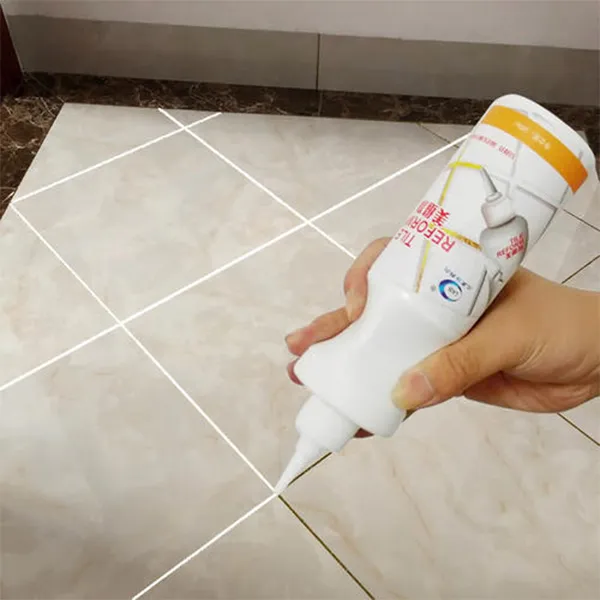Understanding Building Adhesives Types, Applications, and Benefits
Building adhesives play a crucial role in construction and manufacturing sectors, where they serve as key components in ensuring structural integrity, durability, and aesthetics of various projects. These adhesives are specifically formulated to bond different materials together, offering solutions that traditional fastening methods, like screws or nails, might not achieve.
Types of Building Adhesives
There are several types of building adhesives, each designed for specific applications and materials
1. Polyurethane Adhesives Renowned for their versatility, polyurethane adhesives adhere well to a variety of substrates, including wood, metal, concrete, and plastic. They offer excellent moisture resistance, making them suitable for outdoor applications.
2. Epoxy Adhesives Known for their exceptional strength and durability, epoxy adhesives are ideal for bonding materials that experience heavy loads or stress. They are often used in structural applications and where high-impact resistance is required.
3. Acrylic Adhesives These adhesives provide rapid bonding and are often used in applications where speed is essential. Acrylic adhesives maintain good flexibility and can bond dissimilar materials effectively.
4. Silicone Adhesives Best known for their flexibility and weather resistance, silicone adhesives are commonly used in glass and metal installations, especially in areas exposed to temperature fluctuations and moisture.
5. Construction Adhesives Specifically formulated for building applications, these adhesives are used to bond materials like drywall, flooring, and trims. They often come in caulking tubes for easy application.
Applications of Building Adhesives
Building adhesives have a wide range of applications across various sectors
- Construction In the construction industry, adhesives are used for bonding flooring, walls, and ceilings. They help in creating seamless surfaces while eliminating the need for visible fasteners.
building adhesive

- Furniture Manufacturing Adhesives play a vital role in the furniture industry, where they bond wood, veneers, and upholstery, ensuring strong and durable pieces that are visually appealing.
- Automotive Many structural components in vehicles are bonded using adhesives, enhancing performance while reducing weight. This is particularly significant in modern designs that emphasize fuel efficiency.
- Aerospace In aerospace applications, adhesives are used due to their weight-saving benefits and ability to withstand extreme conditions, making them integral to aircraft assembly.
Benefits of Using Building Adhesives
The advantages of using adhesives over traditional mechanical fastening methods are numerous
- Versatility Adhesives can bond a myriad of materials, allowing for more innovative designs and applications.
- Load Distribution Adhesives provide a uniform bond across the surfaces, distributing load evenly and reducing the risk of material failure.
- Reduced Aesthetic Impact Adhesives can create a cleaner look by eliminating visible fasteners, providing a more polished finish to projects.
- Flexibility Many adhesives retain their elasticity over time, allowing for movement between bonded materials without compromising the bond.
- Ease of Use The application of adhesives can often be simpler and less labor-intensive than traditional methods, saving both time and costs on construction projects.
Conclusion
In summary, building adhesives are a vital component in many sectors, significantly contributing to the efficiency, safety, and aesthetics of finished products. With advancements in adhesive technology, the range of available products continues to grow, providing innovative solutions to meet the evolving demands of the construction and manufacturing industries. As projects increasingly require seamless and durable finishes, the role of adhesives will undoubtedly continue to expand, shaping the future of building and design.
-
The Application and Significance of Construction RdpNewsMay.19,2025
-
Industrial Grade HpmcNewsMay.19,2025
-
Building Coating Adhesive Building Coating Adhesive HpmcNewsMay.19,2025
-
Application Of Hpmc For Detergent For Detergent In DetergentsNewsMay.19,2025
-
Application Of Hpmc Cellulose In Cement-Based MaterialsNewsMay.19,2025
-
Application Of High Quality Hpmc For Construction In The Field Of ConstructionNewsMay.19,2025




